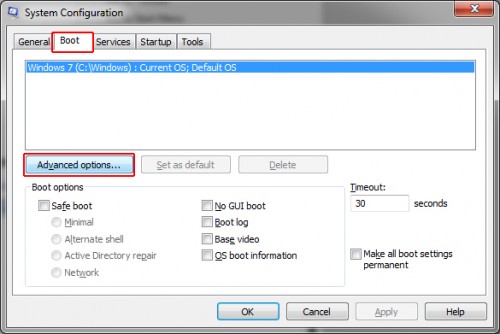

You need to click, Extra options, to open Windows boot options: The program will start system configuration(msconfig.exe).

It is done like this: Start - Run(Windows 10 has a search box instead of Execute) - msconfig - OK. Allegedly, you need to specify the required amount so that the computer turns on faster using the "secret" setting. This advice is based on the assumption that Windows does not use all processor cores and megabytes at boot time random access memory. Take a look at our full range of CPUs here.Tweet Optimizing cores and memory with MSConfig Overclocking will ultimately give you a decent boost in performance, especially if you edit lots or photos or do a lot of video transcribing.įor full instructions on how to overclock your CPU then refer to guides from your manufacturer. If you’re intending on overclocking your CPU, then take into account that you might need to upgrade other components. Definitely worth keeping in mind if you’ve seen someone overclock your CPU to a certain speed. It can sometimes be the case that whilst one person’s CPU will overclock to a certain GHz, another person’s might not be able to get anywhere near that speed. However, if you know what you are doing and have the correct cooling methods in place, overclocking will not pose as a problem.Įach individual CPU is different regardless of whether they are the same model number from a manufacturer. Manufacturers tend to be conservative with their ‘out-of-the-box’ clock speeds to ensure that the CPUs do not overheat for the average consumer.

And whilst it can most definitely speed up your system, it can often be quite complicated.įor example, overclocking an Intel Core i7 860 that normally runs at around 2.80GHz out the box can mean that you get well over 2.80GHz out of it. Overclocking is where you push your computers components harder and faster than the manufacturers intended them to go.

One of the more complicated ways to get increased performance from your CPU is to overclock it.


 0 kommentar(er)
0 kommentar(er)
